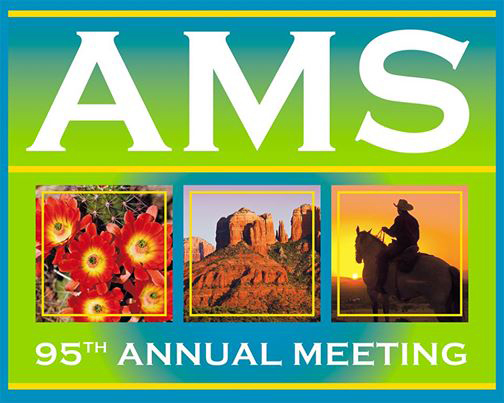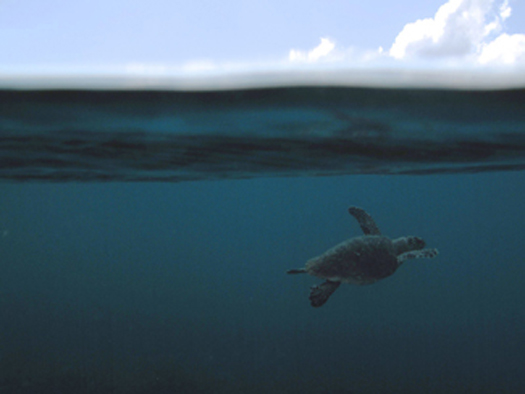By Anupa Asokan, AMS Education Program
For many of us who have dedicated our lives to studying, protecting, and loving the ocean, Jaws and Shark Week are two of the primary reasons why. I always look forward to that wonderful week in August where I can be guaranteed endless hours of the deep blue and beautiful toothy creatures. And Jaws . . .what else can I say but: “amazing!” So why do some of us find these pieces of sensationalism inspiring, while others cite them as a reason to fear the ocean? The short answer is: those of us who know, know better.
Most of the events and creatures that become the subject of horror movies and sensationalism are far-fetched and/or products of the human imagination. Deep down we all know that we’re not going to encounter a zombie walking down the street. The ocean, on the other hand, is already a much less familiar environment, and sharks are very real. We tend to fear the unknown, and if all I knew of the ocean was shark week, I’d be scared too. A swim in the ocean could very well lead to an encounter with a shark. But just as we’ve all walked the streets sans a zombie attack, many of us have also had countless swims/dives/snorkels/surfs/paddles and returned to shore unscathed. I’m not saying a face-to-face encounter with the Landlord (aka the great white shark) wouldn’t make me shake in my wetsuit, but the truth is that more shark attacks don’t happen than do happen.
According to the International Shark Attack File, there have been 767 documented shark attacks since 1580. These are unprovoked bites only (because if you mess with something that doesn’t have hands to fight back, I think you’re asking to get bit). Less than 20% of these bites were fatal. Let’s put this in perspective, shall we? I will round up, and that is still only an average of 2 bites a year. Which means you are 23 times more likely to die from a lightning strike, 136 times more likely to die from sun/heat exposure, and almost 30,000 times more likely to die of the flu. I can even make this more fun. More people also die each year from falling coconuts, vending machines, falling airplane parts, and playing soccer in England. Few–if any–of us are afraid of sunshine, tropical plants, or snacks, but sharks unfortunately have acquired a very bad reputation.
Yes, sharks are stellar hunters. They’ve had over 400 million years to perfect their predator status in the ocean. Yes, sometimes they get confused and think humans are delicious, blubbery seals, but they’re definitely not prowling the seas looking for people to snack on. They are truly amazing creatures that are a crucial part of a delicate and intricate food web, and they’re in trouble. Their numbers are declining so rapidly that I feel fortunate to have had any encounters whatsoever with these beautiful animals.
So to all the meteorologists out there, take this as a cautionary tale from us marine scientists. Twister could very well be your Jaws and Tornado Week would be a great tribute on The Weather Channel to an incredible phenomenon (oh wait, it already exists!). Let’s not let the world panic at the sight of every cloud in the sky. Let’s put people in the know. Let’s be powerful educators and effectively preempt the fear-mongering.


